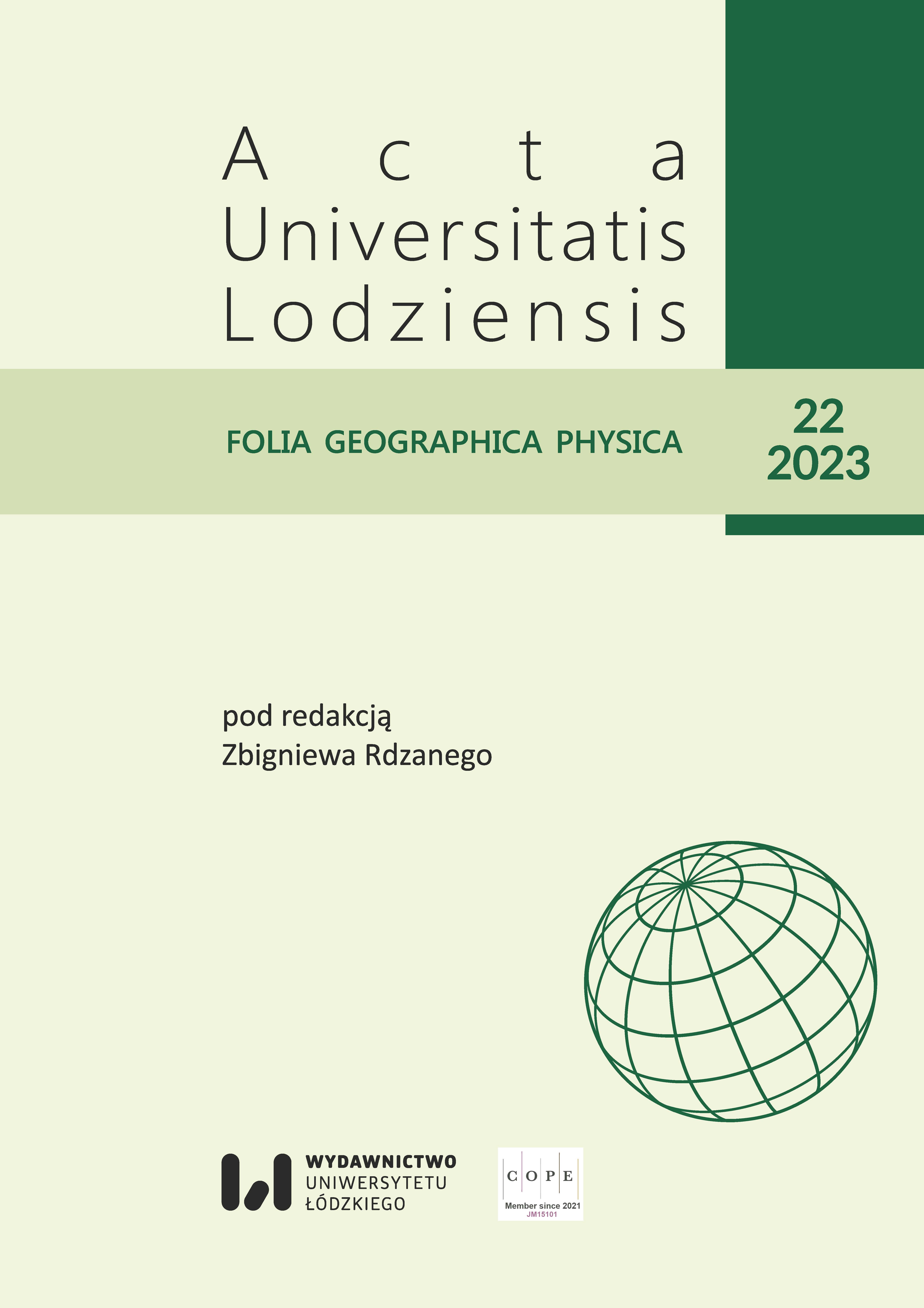Wahania poziomu wody w wybranych jeziorach Niecki Nidziańskiej
Water level fluctuations in selected lakes of the Nida Basin
Author(s): Artur Zieliński, Michał Stachura, Krzysztof Jarzyna, Piotr Zagórski, Dariusz WieczorekSubject(s): Geography, Regional studies, Physical Geopgraphy, Regional Geography
Published by: Wydawnictwo Uniwersytetu Łódzkiego
Keywords: reproduced karst; water level fluctuations; change tendencies; the Nida Basin
Summary/Abstract: The rapid development of civilization significantly intensifies the anthropopressure and modifies the environment. On the other hand, the extending periods of droughts result in water deficiency and fluctuations and reduction of the level of surface water and groundwater. The aim of the conducted study has been to assess the extent of such changes in the region of the district city of Staszów located in the south-eastern part of Świętokrzyskie Voivodeship. The fluctuations in water level in lakes, especially their amplitude, frequency and duration, constitute important factors affecting the ecosytems in questions. Moreover, lakes serve as a great indicator of climate changes and their water levels reflect the abundance of water resources in the regions that such reservoirs are located in. This elaboration has presented changes in water levels of 12 lakes in the Staszów region within the period of 2011–2020, whereby continuous observations were conducted from March 2011 to December 2020. The study revealed a difference in water level amplitudes from 16 cm (Duży Staw) to 127 cm (Ciemne lake) and a general drop in the water level.The said lakes were created in form of reproduced karst. In the analyzed group of reservoirs, the study identified: an increase (one lake), a reduction (8 lakes) and lack of an evident tendency for changes in water level (3 lakes). The highest and constant increase in water level was exhibited by the Ciemne lake (+87 cm) while the most profound reduction – by the Przedpole lake (−90 cm) and the Odrodzone lake (−89 cm). Various characteristics of water level changes were identified even in case of reservoirs that were located very close to each other. The collected results in scope of water level fluctuation and their differentiation in lakes indicate that local factors have a greater impact than climate factors. The local factors with a vivid effect included: height above sea level of the location, the nature of the reservoir (whether it is closed, connected to other reservoirs or serves as a pass-through reservoir) and beaver activity. What is more, it was established that the size and characteristic of the basin, both in case of surface water and groundwater, as well as the parameters of lake basins are of crucial importance.
Journal: Acta Universitatis Lodziensis. Folia Geographica Physica
- Issue Year: 2023
- Issue No: 22
- Page Range: 49-63
- Page Count: 15
- Language: Polish

